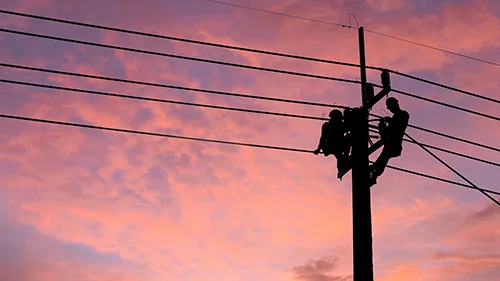
Retrofitting Your Home for Old Age

Big advances in the construction industry are helping the elderly better maneuver around their homes, and they’re doing it in style.
Ramps no longer look like ramps; they are pleasantly lit walkways with stone paving. Compact pneumatic elevators squeeze into tight spaces. The lip at the entrance to the shower – the one an elderly person can trip over or that blocks a wheelchair – has cleverly been eliminated. Watch this recent webinar to find out how.
And here’s an interesting idea: a reverse mortgage is one way to pay for the upgrades required for seniors who want to remain in their homes as they age.
That is the punch line in the webinar, which is sponsored (not surprisingly) by the National Reverse Mortgage Lenders Association (NRMLA). NRMLA confirms that some loan originators report that the proceeds from federally insured reverse mortgages are being used for the purpose, though this is not widespread – yet.
Many are, however, considering it: one in four older households in a 2014-2015 academic survey reported, after they had received reverse mortgage counseling, that they planned to use their funds to pay for home improvements.
This webinar isn’t exactly exciting. But it will interest baby boomers who are either caring for elderly parents or thinking about their own old age. One poll found that 87 percent of older Americans would not want to move into a nursing home. But if they want to age in their homes, there’s apparently a lot of work to be done.
“The bulk of long-term care will occur in single-family, owner-occupied homes,” predicted one webinar presenter, citing a study. “But the homes aren’t prepared.”
Renovation costs could be an obstacle for all but the wealthy, who can afford the upgrades required to accommodate disabilities. For others, the equity in seniors’ homes is a vast resource – it exceeds $6 trillion, NRMLA estimates – that, so far, they have hardly touched. Fewer than 60,000 reverse mortgages were sold in 2015, according to the U.S. Department of Housing and Urban Development.
Perhaps it will be boomers’ overwhelming desire to age in their homes and avoid an institutional setting that persuades cash-strapped seniors to look at reverse mortgages.
To watch the webinar, click here.
Squared Away writer Kim Blanton invites you to follow us on Twitter @SquaredAwayBC. To stay current on our blog, please join our free email list. You’ll receive just one email each week – with links to the two new posts for that week – when you sign up here.






